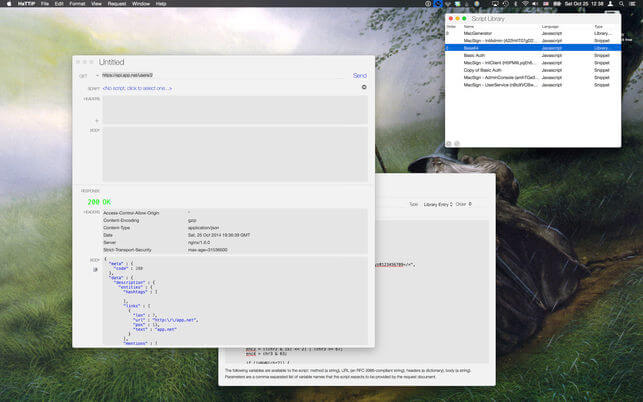

- #HATTIP GESTURE INSTALL#
- #HATTIP GESTURE SERIAL#
- #HATTIP GESTURE FULL#
Follow below steps to install the Gestures Node.js App and add the module to your Magic Mirror configuration. Install dependencies via: cd MMM-Gestures & npm install. Navigate into your MagicMirror's modules folder and execute git clone. On the Raspberry Pi a Node.js programm will listen to these events and make them available via a WebSocket server. Once the Arduino is connected to both sensors and the software is setup it will send gesture events to the Raspberry Pi via USB. SparkFun_APDS9960 library for APDS-9960 gesture sensor, taken from. 
DistanceSensor library for GP2Y0A21YK, taken from.

The libraries are also included in this git repository. In order to compile you'll need to copy the following libraries to Arduino's library folder. Once dried, the other two to tree frames can be glued on the back of the first sheet. This sheet has generous cut-outs for the sensors and wiring.Īfter wiring the sensors to the Arduino they can be glued to the first sheet from the back.
Frame: In order to hold the glass, panel and backlight, two or three more 4mm plywood sheets should be lasered using the third element from the file. Front side: The front side of the first "sheet" of 4mm plywood has cut-outs for the sensors' fronts and a decorative engraving. On a Zing 40 with 4mm plywood I used as engraving setting speed: 18% and power: 100% to engrave deep enough into the wood. The front of the gesture sensor APDS-9960 needs to be leveled with the wooden front of the sensor module. The backside cuts out of the whole module (need to adjust outer rectangle width and height to your mirror) and centered engravings for letting the sensors sink into the wood. Back side: The first "sheet" of 4mm plywood needs to be processed from both sides. The file contains three elements, in the order they need to be "printed": In order to place the sensors below the mirror you can use "Hardware Sensor Module\Mirror Gesture Module.ai" to cut out wholes of the right size for the APDS-9960 and GP2Y0A21YK sensor. Input 2: GP2Y0A21YK on analog pin 0 (analog) + GND & VCC (5V). Input 1: APDS-9960 on digital pin 2 (interrupt) + I2C (SDA on pin A4, SCL on pin A5) + GND & VCC (3.3V). #HATTIP GESTURE SERIAL#
The Arduino collects gesture events from gesture sensor APDS-9960 and distance from distance sensor GP2Y0A21YK (10-80cm), which are then forwarded on the serial port as text. laser cut sensor module from "Hardware Sensor Module\Mirror Gesture Module.ai" Pin headers to solder to connector cable of GP2Y0A21YK.Jumper cable to connect APDS-9960 with Arduino.Micro-controller: Arduino (Uno), incl.
 Gesture sensor: APDS-9960 on breakout board with gesture sensor on one side, but no other electronic component on the same side for easier assembly (can be found on Aliexpress). In order to receive gesture events the following hardware is required: Energy saving through turning off the monitor 5 minutes after use, and turning on the monitor if a person stands in front of the mirror. show compliment when person stands in front of mirror via present gesture.
Gesture sensor: APDS-9960 on breakout board with gesture sensor on one side, but no other electronic component on the same side for easier assembly (can be found on Aliexpress). In order to receive gesture events the following hardware is required: Energy saving through turning off the monitor 5 minutes after use, and turning on the monitor if a person stands in front of the mirror. show compliment when person stands in front of mirror via present gesture. #HATTIP GESTURE FULL#
scroll through news via left / right gestures, show news details (description, full news article) via up gesture.Control magic mirror modules via gestures, e.g.Gestures can be up, down, left, right, far and close movements of the hand in front of a gesture sensor (APDS-9960) and present and away gestures in front of an IR distance sensor (GP2Y0A21YK). MMM-Gestures is a head-less 3rd party module for MagicMirror that allows to control the Magic Mirror via gestures of two types of infrared sensors.








 0 kommentar(er)
0 kommentar(er)
